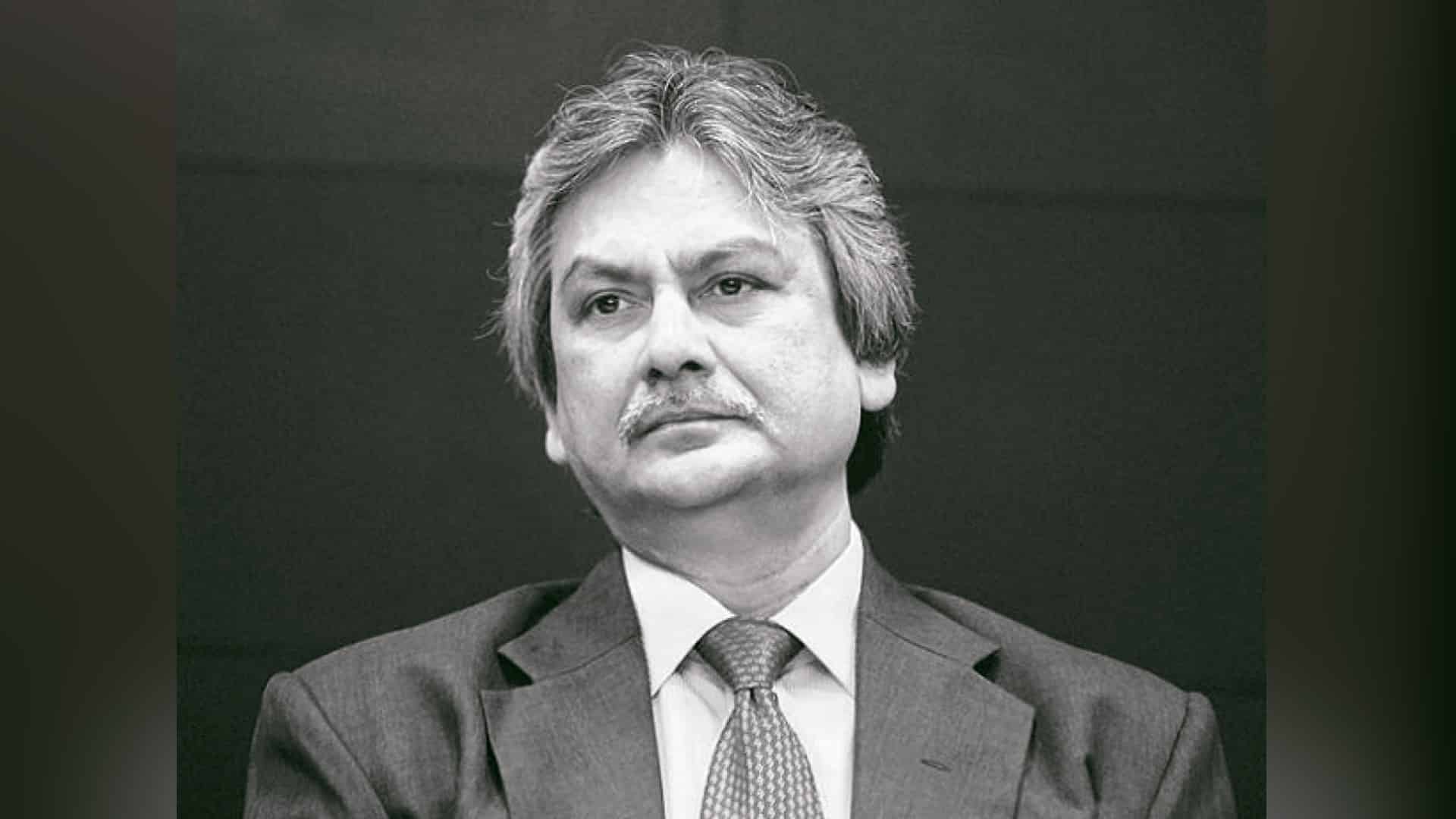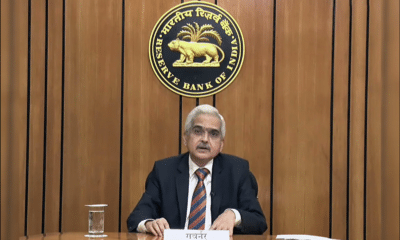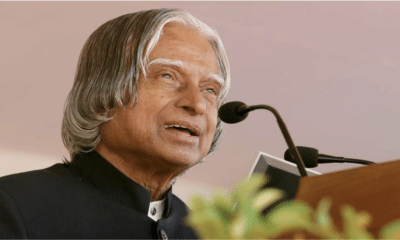Business
India’s monetary policy financially inclusive by design: RBI DG Patra
The country’s monetary policy is, by design, financially inclusive and this strategy will result in policy effectiveness and welfare maximization going ahead, Reserve Bank of India’s Deputy Governor Michael D Patra said on Friday.
Speaking at an event organised at Indian Institute of Management (IIM), Ahmedabad, he said monetary policy maximises human welfare by minimising the deviations of output from its potential and inflation from the target. The evidence is still forming and strong conclusions from its analysis may be premature, but India’s monetary policy is, by design, financially inclusive and it will reap the benefits of this strategy in the future in terms of effectiveness and welfare maximisation, Patra said.
Also read: SBI Card raises Rs 650 crore via bond issue
He said the financial inclusion in the country appears to have gone up, with the level of the RBI’s financial inclusion index (FI-index) rising from 49.9 in March 2019 to 53.1 in March 2020 and further to 53.9 in March 2021, he said. The index, which was released in September 2021, takes values from 0 to 100 and implicitly sets the goal for the RBI 100 per cent financial inclusion for India.
Patra said although it is empirically observed that there is a two-way relationship between monetary policy and financial inclusion, it is unambiguous that financial inclusion is able to dampen inflation and output volatility. This, he said, is achieved by smoothing consumption by enabling people to draw down financial savings in difficult times for everyday needs. In the process, it makes people interest-sensitive.
Moreover, inflation targeting monetary policy ensures that even those at the fringe of financial inclusion are secured from adverse income shocks that hit them when prices rise unconscionably, the deputy governor said. Looking ahead, as financial inclusion rises even further in India, consumption volatility as a source of output volatility can be expected to wane, providing headroom for monetary policy to remain focused on minimising inflation volatility, which brings welfare gains for all, he said.
Patra said financial inclusion fosters societal intolerance to inflation, a social preference for macroeconomic stability and a sense of the long and variable lags with which monetary policy operates. This makes it possible for smaller monetary policy actions to achieve the same goals in a shorter period of time than otherwise, he said. Speaking about monetary policy transmission, the deputy governor said financial inclusion enhances the potency of interest-rate based monetary policy by causing an increasing number of people to become responsive to interest rate cycles, which, in turn, prompts appropriate smoothing behaviour.
There is also some evidence to suggest that as interest rate sensitivity of the population increases, central banks need to move interest rates by less to achieve their objectives, he said. Patra said monetary policy authorities typically avoid discussions on inequality. They like to be seen in a macro-stabilisation role and prefer leaving distributional issues to fiscal authorities. However, increasingly, they have realised that financial inclusion impacts the conduct of monetary policy more fundamentally than they have thought, in the choice of metric for measuring goal variables, trade-off between their variances, and in the efficacy of monetary policy in reaching out to the broader economy, he said.
It is in this context that central banks find themselves integrally involved in policy drives to expand financial inclusion because they have to take into account the true financial structures of the economies in which they conduct monetary policy, he said. So, central banks do care about inequality. After all, social welfare the mandate of institutions committed to the greater public good hinges on it, Patra said.










































Pingback: COVID-19 takes sheen off entrepreneurial activities in country: Survey